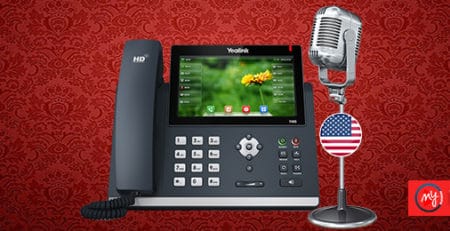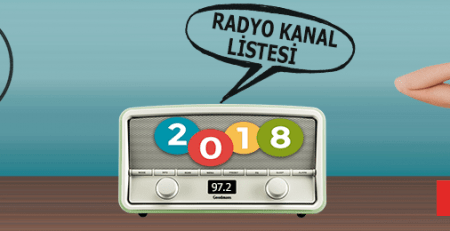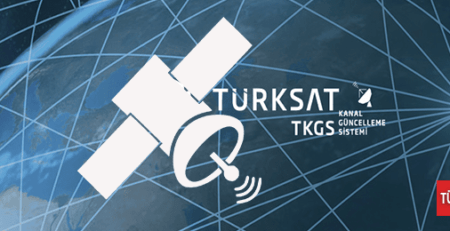Be A Perfect Voice Over (10 Tips & Tricks)
Voice translation can be intimidating regardless of language or market. But with the right preparation, you can relax the process for your educational videos, television ads, radio spots or multimedia projects, and create very successful localized voice alerts.
Your target language will help you achieve a seamless voiceover in your markets top 10 tips:
1-) Set the Voice
Want to convey happiness, expertise, excitement or professionalism in every language market? Decide whether the tone of your voice changes according to each language market. For example, in the United States, enthusiasm and hyperbola are quite standard, but such a peptide can be seen as exaggerated, as a true teaching tone in Germany will provide more reliability.
2-) Choose the Right Voice Artist
Be active in the start-up casting. Be a partner with your language vendor by summarizing character profiles with name, gender, ethnicity, age and basic personality traits. Rigorous profiling will hurt you, embarrassing and expensive players.
3-) Request Project-Specific Samples
If the budget permits, make sure they record a small instance of your translated script to the voice actors - this is the best way to determine if they are eligible for the role. If this is not possible, ask for examples of similar types to your project: e-Learning, advertising, advertising, etc.
4-) Find an Alternative to the Artist
In particular, do not rely on a single project, especially if you have big projects in progress. Your preferred skills may not be available within a year for a project - so consider many acceptable options.
5-) Review Your Translations
Your multimedia translations will probably take longer than the original English version, but they will still have to be stuck in the same limited sound field. Allowing your script translators to adapt and shorten the artistic language to the targeted languages will save time and money by simplifying the synchronization process.
6-) Learn the Technical Specifications of your Audio Files
What format and quality level do you need? .Do you work with wav? .mp3? .avi? Are you producing single or multi-part sound? Stay in the technology cycle with your technical advisor or technical (DVD, film) producer / dealer. Ideally, import audio files because they will contain the original specifications when they are opened in the audio software (eg SoundForge).
7-) Record Day Ready
Get yourself familiar with the registration process. If you are unable to search for a recording session, your agency will send someone to guide you through the registration goals and guide you through the tone. Allow extra time for re-purchases to be discussed in advance with your agency.
8) Prepare Audio Guide
Certain parts of the scenario may cause difficulties in translations such as abbreviations, appropriate names, company and product names, and the like. For example, if a company name abbreviation is required to be pronounced in English or in the target language, predetermine it.
9-) Determine Your Speech Rate
Select the correct tempo for your message with your dialogue manager. For example, when you market a fitness product, you'll probably want to make a fast-paced distribution that's dynamic in all of your target languages. On the other hand, technical content may require a slower, more conscious speech speed and a clearer articulation.
10-) Quality Assurance
Make sure your dealer provides linguistic quality assurance. Your foreign linguists (recruited from your overseas offices or hired through a localization staff agency) should review the final registration before submitting your certificate of approval.
Following these basic tips and partnering with a skilled translation firm will help you explore the cultural and technological challenges of a voice translation translation.













